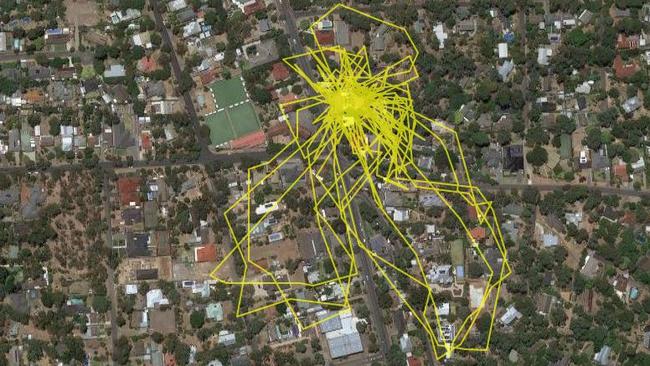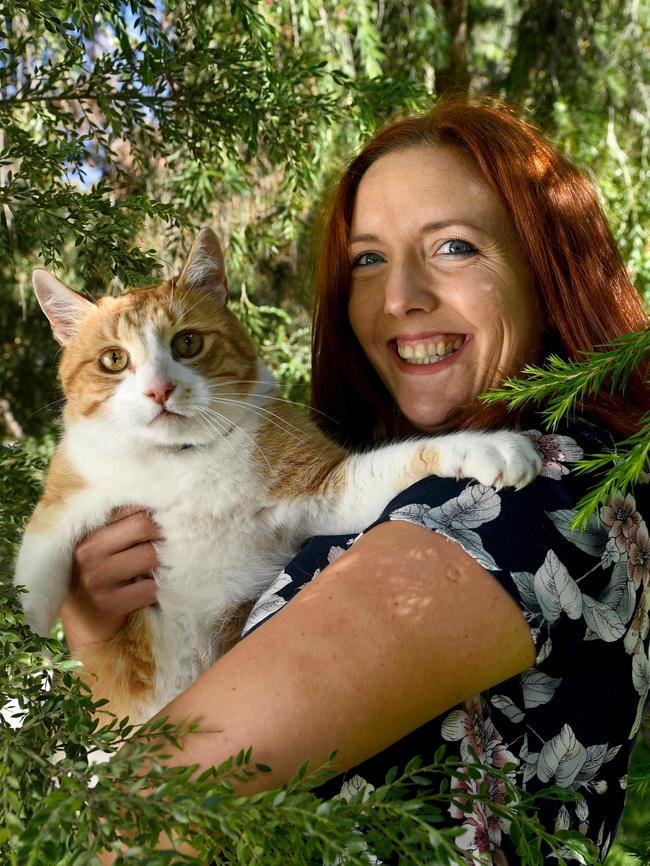Cat curfew: GPS tracker shows just how far Adelaide cats roam at night
CAT owners admit they have little knowledge of pet by-laws, but would support a night-time curfew, with an animal tracker revealing some felines travel up to 30ha — 16 times the area of Adelaide Oval.
CAT owners admit they have little knowledge of pet by-laws, but would support a night-time curfew, with an animal tracker revealing some felines travel up to 30ha — 16 times the area of Adelaide Oval.
The results, published in the Cat Tracker report on Tuesday, were found by studying the movements of 428 cats with GPS devices, and surveys, over two years.
UniSA researcher Dr Philip Roetman said they were “really surprised” about where cats typically spent their time — or their home-range.
Researchers found that sedentary cats — a home-range of one hectare or less — spent more time inside.

The Cat Tracker science project run by the uni’s Discovery Circle found that wandering cats — whose home-ranges over one hectare crossed more main roads — showed signs of being in fights and were seen with prey more than sedentary.
“People would want to have sedentary cats rather than wandering cats for those reasons,” Dr Roetman said.
“A cat is more likely to stay closer to home if it is inside more.”
Mr Roetman said 88 per cent of the cats had larger home-ranges at night went further at night-time, despite survey results showing strong community support, from most cat owner and non-cat owners for a cat curfew.

Only two SA councils, Flinders Ranges and Whyalla, have cat curfews.
Cat owner Daisy Ashby, 30, from Blackwood said she is the third owner of cat, Jones.
She said Jones, 12, had always been an outside cat, and she was curious about where he was wondering to for a few hours during the day.
“His first owner lived over the back somewhere ... so I knew that he probably had a bit larger territory than most but I didn’t realise that basically he thinks he owns the neighbourhood,” he said.
A GPS tracking device on Jones measured that he had travelled 7ha over the space of a week.
“We were really surprised that he’d gone so far,” Ms Ashby said.
“He crosses quite busy roads.”
Jones is free to access and roam outside at night because Ms Ashby felt it was too late to change his behaviour.
However, she would support a night-curfew for cats if she got another.
The survey also revealed the most respondents were unsure or did not know the cat laws in their area.
Dog and Cat Management Board Executive Officer Andrew Lamb said it was concerning and the results of the survey would be used to highlight the issue with councils.
Mr Lamb said currently, the issue of cat curfews was determined under local council by-laws.
However the board, which funded Cat Tracker, was interested in the issue of confinement and believes the community should be involved in debate before final decision was made.
